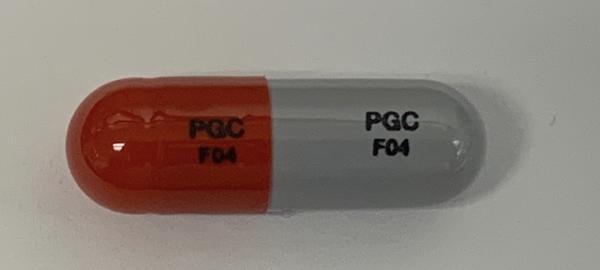Cycloserine and Alcohol/Food Interactions
There is 1 alcohol/food/lifestyle interaction with cycloserine.
Cycloserine Food/Lifestyle
Major Food Interaction
GENERALLY AVOID: Coadministration with alcohol may potentiate some of the central nervous system adverse effects of cycloserine and its prodrug, terizidone. These effects may include dizziness, drowsiness, depression, anxiety, psychoses, memory impairment, confusion, and convulsions.
MANAGEMENT: Patients should be advised to avoid the consumption of alcohol during treatment with cycloserine or terizidone. The use of these medications is contraindicated in patients with chronic alcohol consumption or alcoholism.
MONITOR CLOSELY: Coadministration with caffeine may potentiate some of the central nervous system adverse effects of cycloserine and its prodrug, terizidone. These effects may include insomnia, excitability, irritability, anxiety, tremor, psychoses, and convulsions.
MANAGEMENT: Caution is advised when cycloserine or terizidone is used with caffeine. Consumption of certain beverages or stimulants with very high caffeine levels should be avoided as a precautionary measure.
References (2)
- (2001) "Product Information. Seromycin (cycloserine)." Dura Pharmaceuticals
- Cerner Multum, Inc. "UK Summary of Product Characteristics."
Switch to consumer interaction data
Cycloserine drug interactions
There are 42 drug interactions with cycloserine.
Cycloserine disease interactions
There are 3 disease interactions with cycloserine which include:
More about cycloserine
- cycloserine consumer information
- Check interactions
- Compare alternatives
- Pricing & coupons
- Drug images
- Side effects
- Dosage information
- During pregnancy
- Drug class: streptomyces derivatives
- Breastfeeding
- En español
Related treatment guides
Drug Interaction Classification
| Highly clinically significant. Avoid combinations; the risk of the interaction outweighs the benefit. | |
| Moderately clinically significant. Usually avoid combinations; use it only under special circumstances. | |
| Minimally clinically significant. Minimize risk; assess risk and consider an alternative drug, take steps to circumvent the interaction risk and/or institute a monitoring plan. | |
| No interaction information available. |
See also:
Further information
Always consult your healthcare provider to ensure the information displayed on this page applies to your personal circumstances.


